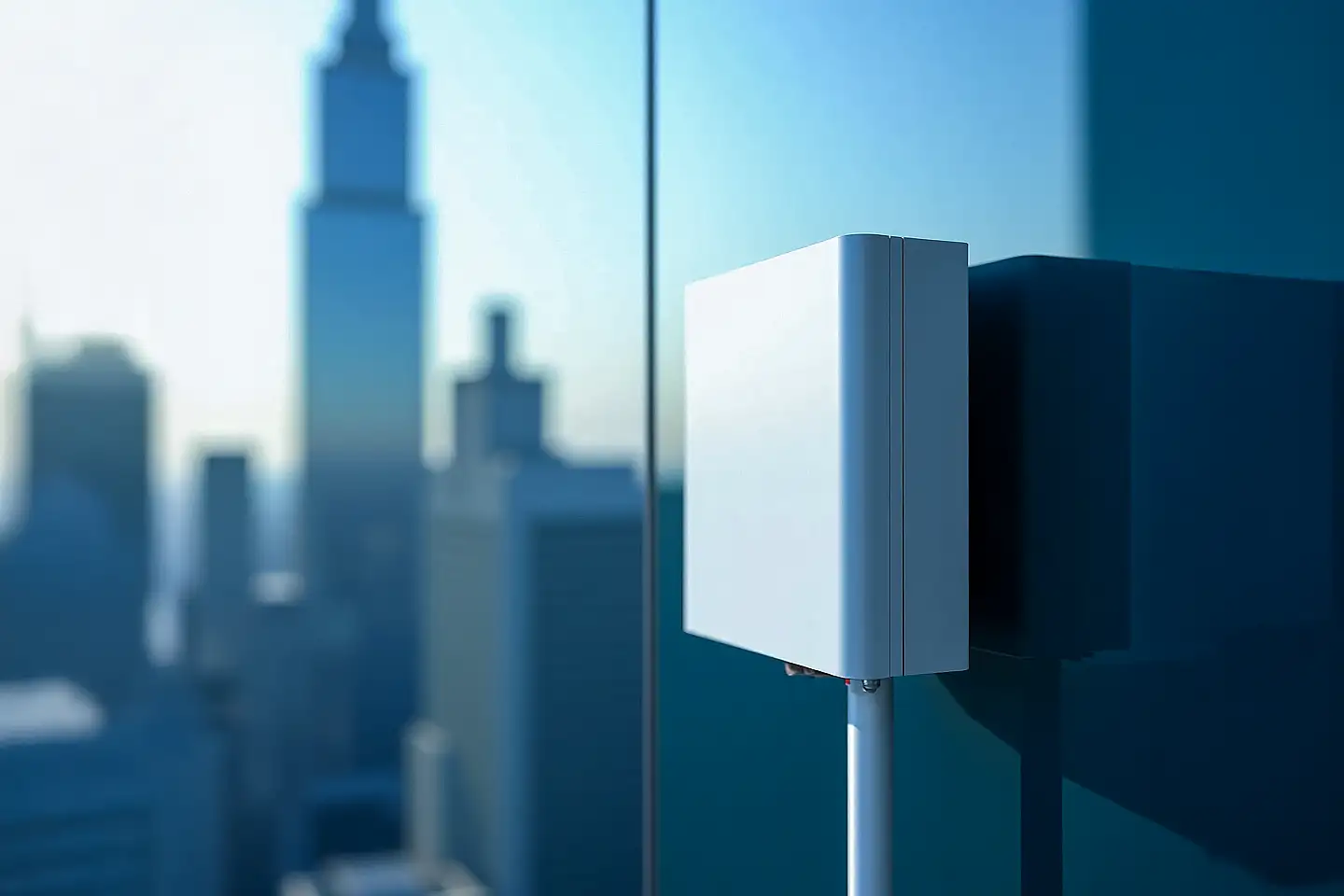In the rapidly evolving Internet of Things (IoT) landscape, connectivity is the cornerstone for successful deployments. For many IoT applications, especially in smart cities, agriculture, industrial monitoring, and asset tracking, low-power and long-range communication technologies are essential. Among the most popular technologies are Sigfox, LoRaWAN, and Zigbee.
This article explores the key features, advantages, and differences of these technologies to help businesses choose the ideal connectivity solution for their IoT needs.
Understanding the Technologies

Sigfox is a low-power wide-area network (LPWAN) technology designed specifically for ultra-narrowband communication. It operates on unlicensed frequency bands and provides very low data rates, optimised for sending small amounts of data over long distances with minimal energy consumption.
LoRaWAN (Long Range Wide Area Network) is another LPWAN technology that uses chirp spread spectrum modulation. It also operates on unlicensed frequencies and supports bi-directional communication. LoRaWAN is popular for its scalability, security features, and flexibility in supporting a wide range of IoT devices.
Zigbee is a low-power, short-range wireless communication protocol based on IEEE 802.15.4 standard, predominantly used for mesh networking. Zigbee excels in device-to-device communication within a localised smart network, making it ideal for smart home and automation scenarios.
Key Comparison Factors
| Feature | Sigfox | LoRaWAN | Zigbee |
|---|---|---|---|
| Range | Up to 10-50 km (rural) | Up to 15 km (rural), 2-5 km (urban) | 10-100 meters (mesh extends range) |
| Power Consumption | Very low (years on batteries) | Low (years on batteries) | Low (days to months on batteries) |
| Data Rate | Up to 100 bps | 0.3-27 kbps | Up to 250 kbps |
| Network Type | Star topology (centralised) | Star topology with gateways | Mesh topology |
| Security | AES 128 encryption | AES 128 encryption | AES 128 encryption |
| Deployment Cost | Low (network operator-based) | Moderate (can be private or public) | Low to moderate |
| Typical Use Cases | Asset tracking, environmental sensors, smart metering | Smart agriculture, smart cities, industrial IoT | Home automation, lighting, HVAC control |
Advantages and Trade-offs
Sigfox
- Advantages: Ultra-low power, very long range, simple devices, and operator-managed network eliminate complexity for end-users. Great for applications sending infrequent small packets.
- Trade-offs: Limited data throughput and message frequency (140 messages per day max), less suited for real-time or two-way communication.
LoRaWAN
- Advantages: Flexible network models (private/public), higher message frequency, supports bidirectional communication and a variety of IoT applications. Strong ecosystem and security.
- Trade-offs: Slightly higher power consumption and complexity in setting up private networks.
Zigbee
- Advantages: Robust mesh networking extends coverage indoors and in dense networks, high data rate suitable for device control and monitoring. Well-established in smart home/industrial sectors.
- Trade-offs: Limited range per node, higher power consumption relative to LPWANs, less suitable for wide-area applications.
Choosing the Right Technology for Your Business
- For ultra-low power and long-range sensor applications requiring sporadic data transmission, Sigfox is ideal, especially when an operator network is available.
- When you need flexible network architectures, bidirectional communication, and a balance between range and data rate, LoRaWAN offers excellent scalability and control.
- For applications needing reliable device interconnectivity inside buildings or localised areas, Zigbee’s mesh network is a proven solution.
How Howood International Supports Your IoT Connectivity Needs
At Howood International, we help businesses evaluate and implement the right IoT connectivity technologies to optimise performance and costs. Whether it’s Sigfox, LoRaWAN, Zigbee, or hybrid solutions, our expertise ensures robust, scalable IoT deployments tailored to your unique requirements.



